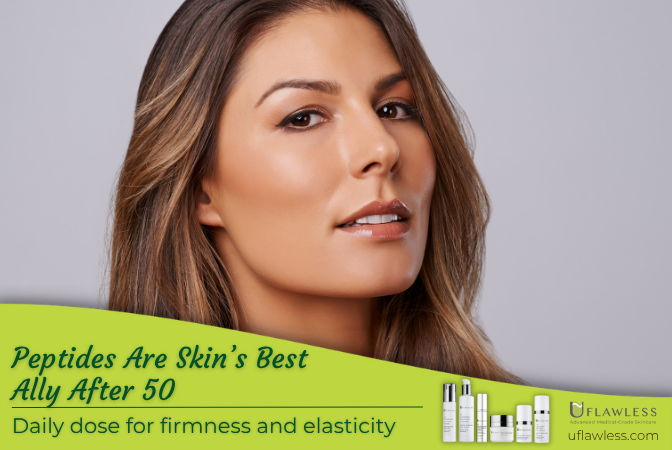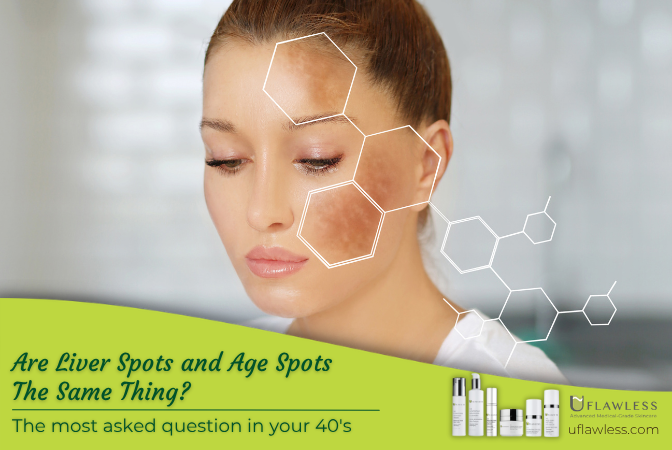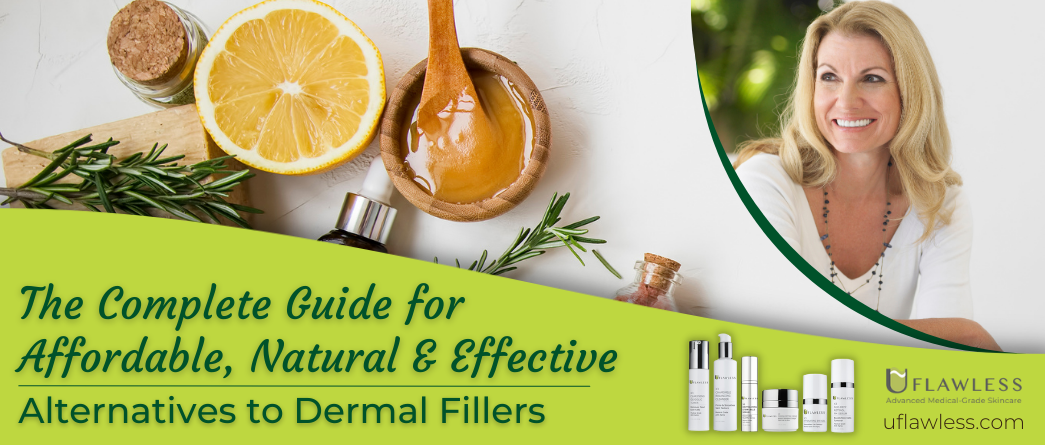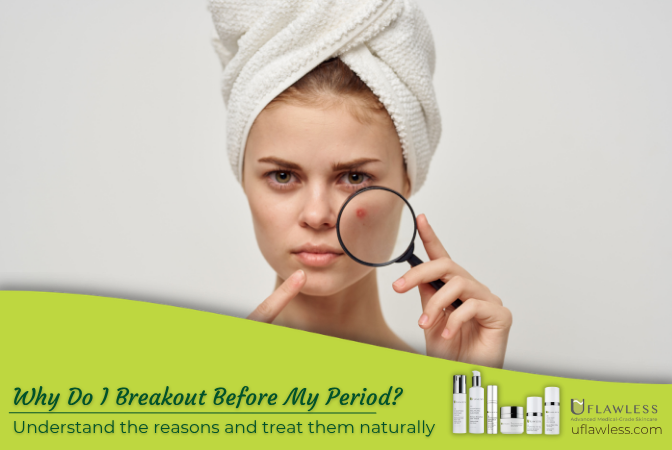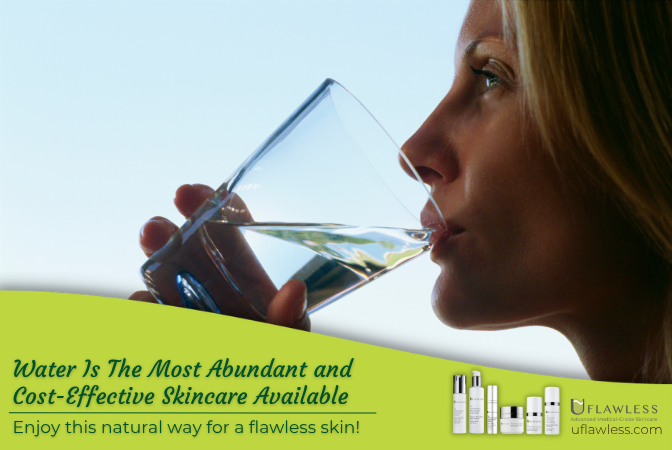
Melasma vs. Hyperpigmentation vs. Seborrheic Keratoses: Key Differences and Treatments
Understanding Skin Discoloration After 40
As we age, our skin tells the story of our lives. Sun exposure, hormonal changes, and the natural slowdown of skin cell renewal can lead to changes in tone and texture. Three of the most common concerns for women over 40 are melasma, hyperpigmentation, and seborrheic keratoses.
While they can look similar at first glance, they have different causes and require different treatment approaches.

What is Melasma?
Melasma appears as brown or grayish patches, often on the cheeks, forehead, upper lip, or jawline.
Causes:
-
Hormonal changes (common during perimenopause and menopause)
-
Sun exposure
-
Certain medications
Why it’s common after 40:
Hormonal fluctuations combined with years of cumulative sun exposure make melasma more likely.
Best treatments:
-
Daily broad-spectrum sunscreen
-
Vitamin C serums to brighten skin and protect against further damage
-
Medical-grade brightening products that are safe for long-term use
-
In-office treatments like chemical peels or laser therapy under dermatologist supervision
What is Hyperpigmentation?
Hyperpigmentation is a general term for dark spots caused by excess melanin production. These can result from:
-
Sun damage
-
Inflammation (like acne scars)
-
Skin injury
Why it’s common after 40:
Collagen production slows, and sun damage from earlier years becomes more visible.
Best treatments:
-
Glycolic Acid to remove dead skin cells and speed cell turnover
-
Antioxidants like Vitamin C and Lipochroman for brightening
-
Consistent sun protection to prevent new spots from forming
What is Seborrheic Keratoses?
Seborrheic keratoses are harmless, non-cancerous growths that can appear waxy, scaly, or slightly raised. They range in color from light tan to black.
Causes:
-
Genetics
-
Age-related skin changes
-
Not related to sun exposure or hormones
Why Seborrheic Kerastoses it’s so common after 40:
They tend to develop with age, often increasing in number over time.
Best treatments:
-
Usually no medical treatment is necessary unless for cosmetic reasons
-
Removal options include cryotherapy, curettage, or laser treatment by a dermatologist
Key Takeaways for Women Over 40
-
Always identify the cause of skin discoloration before choosing a treatment
-
Use medical-grade skincare with proven active ingredients to address melanin production and cell turnover
-
Protect your skin daily with SPF 30+
-
Seek a dermatologist’s opinion if discoloration changes in color, size, or shape
The UFlawless Approach
At UFlawless, we create medical-grade brightening products with 99% pure active ingredients to help reduce melasma and hyperpigmentation safely and effectively.
Our X9 Advanced Brightening Routine combines antioxidant protection, gentle exfoliation, and deep hydration to promote even-toned, radiant skin.
If you’re ready to take the guesswork out of your skincare, try our 30-day risk-free trial and see visible improvements in as little as one week.




